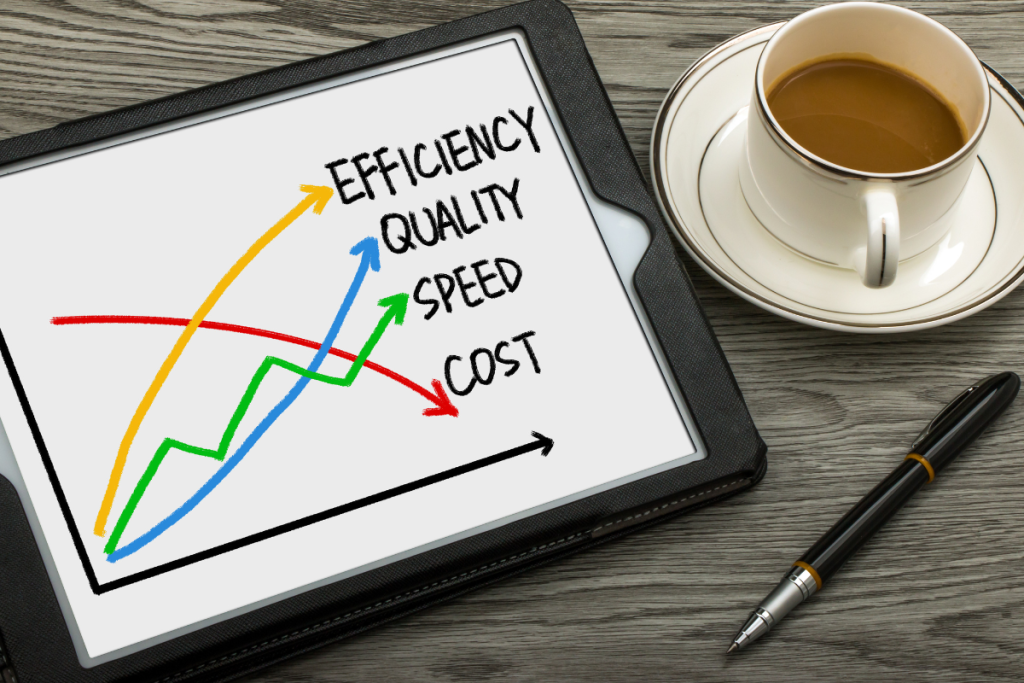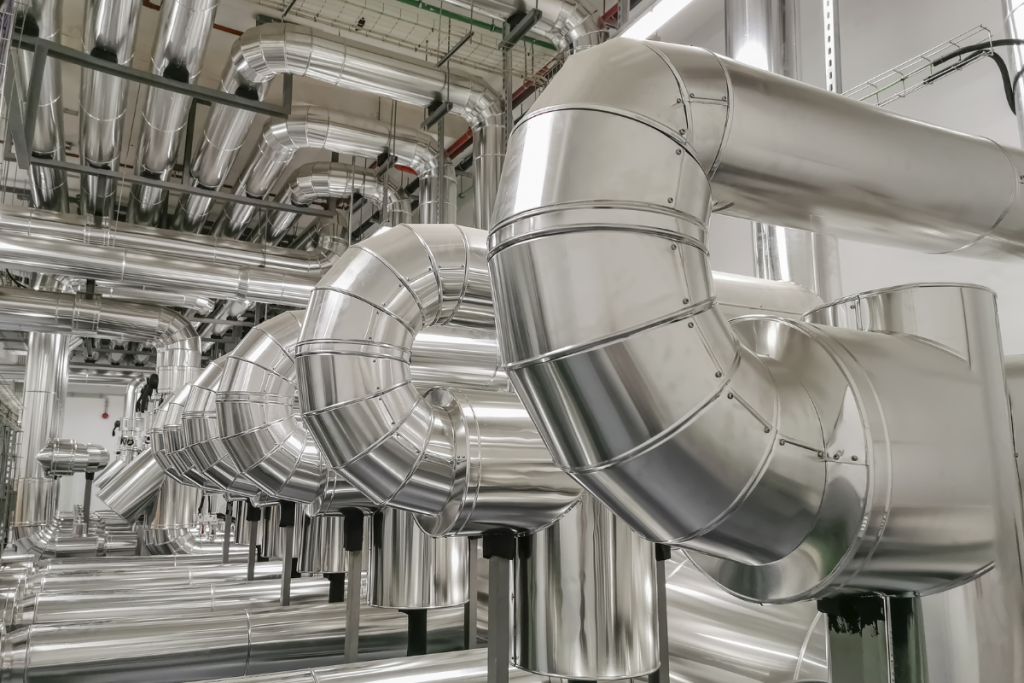Has anyone at your workplace complained about the office being too cold in the summer? Have you noticed colleagues wearing sweaters at work even though it’s over 30° outside?
Conversely, have you ever walked through your cool, climate-controlled workplace, but found one of the offices so hot that you expect your morning coffee to evaporate?
It’s tricky (and sometimes impossible) to find a perfect temperature setting that pleases everyone, as each person will have his or her own individual preferences. However, large fluctuations in temperature within the same office space could be a signal that there’s energy savings to be gained by taking steps to correct the issue.
Here are four ways you can save money on energy in the short term, and also keep your tenants as comfortable as possible all year round:
Check The HVAC System’s Air Balancing
When you open a new office space, HVAC installers will adjust ventilation settings according to each office’s location. For example, offices along the window side of a building have different HVAC needs than offices situated toward the center, thus they require different ventilation settings. An initial air balancing will already be completed when tenants first move into the offices, however over the course of a few years one or more of the occupants might have found the airflow uncomfortable, and closed their air vents. When someone new moves into an office with a closed vent, they might find the space too hot. An HVAC specialist will carefully inspect the ductwork and vents, and adjust or redirect the airflow accordingly. They can also adjust the registers to lessen the airflow for unoccupied spaces, such as storage or filing rooms, resulting in energy savings.
Install Zone Control Systems
Also known as energy management systems, zone control systems gives each person the ability to control the temperature in their own space. Zoning involves smart thermostats wired directly into a central control panel that adjusts the zone dampers in the ducts when a user changes the setting. Unlike centralized HVAC systems that keep non-occupied spaces as comfortable as occupied spaces, zoning also gives you the opportunity to set the temperature for individual offices when the occupant goes on vacation, is travelling for business, or is otherwise not using the space. This method of heating and cooling your workspace also improves energy savings, as thermostats are set based on actual need, not just because there might be a need.
Read More: Commercial HVAC Problems: When The Thermostat is to Blame
Set Temperatures Based on Averaging Sensors For Average Energy
Averaging sensors installed in larger spaces will give you a mean temperature setting you can set your thermostat to. They eliminate the temptation to simply react to highs and lows, which can lead to significant energy waste. Averaging sensors help you measure the temperature of the stratified air in your HVAC system. Stratified air refers to airflows that are separated into layers and have different temperatures. Stratification occurs within the duct where the return air from the room is mixed with the new outside air that has been brought into the system. Because stratification can be horizontal, vertical, or at an angle, single-point duct sensors cannot provide an accurate temperature reading as they only measures a single point. Averaging sensors can give you the true temperature of stratified air, which is crucial to setting the workspaces to an accurate average temperature, giving you better energy management and savings on your energy bills.
Perform a Systems Recommission to Reduce Energy Waste
It can be advantageous to property owners to completely recommission their HVAC system every 10 years. This should be done not just to check the air balancing, but also to get a deep look at how the system is operating overall. Is it running more often than it did previously? Has performance dropped over time, and are your energy bills reflecting that? Recommissioning your HVAC system is a great opportunity to bring performance levels to where they should be, extend the life of your equipment, and help you save money with a high-performance system that’s more energy efficient than before. Also, you can use this as a great opportunity to look into green solutions that can save you even more money and increase the value of your property.
Read More: What is the Lifespan of a Commercial Air Conditioner?
It’s important to note that these strategies shouldn’t be considered as additional costs, but rather investments that will pay short-term dividends in energy savings. They’re also the perfect compliment to your current HVAC inspection and maintenance program, combining to help protect your equipment from premature aging and keep everything performing efficiently for years to come.
As always, I’m happy to answer questions about your commercial HVAC system. Feel free to contact me anytime.
Gregg Little is Co-owner of Springbank Mechanical Systems. He can be reached at 905-569-8990 or gregg@springbank.com






